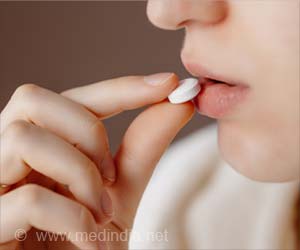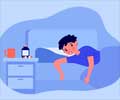Kids with COVID had lasting symptoms, but few developed long-term post-COVID conditions.

Post–COVID-19 Condition in Children 6 and 12 Months After Infection
Go to source) The study, published in the JAMA Network Open, showed that the overall quality of life did not differ between children aged under 1 with COVID and those with negative SARS-CoV-2 tests. Although post-COVID-19 condition (PCC) is a recognized entity, an accurate estimate of how frequently it develops and persists remains unclear, particularly among children.
Defining Long Covid in Children
The most commonly used broad, nonspecific definition (new or persistent symptom(s) lasting 2 or more months, beginning within 3 months of confirmed or probable SARS-CoV-2 infection not better explained by another health condition1) has led to widely differing prevalence estimates among adults. To better understand, researchers from the University of Calgary in Canada, included 5,147 children at 6 months (1,152 with SARS-CoV-2 positive tests and 3,995 with negative tests) and 5,563 children at 12 months (1,192 with SARS-CoV-2 positive tests and 4,371 with negative tests).At 6-month follow-up, the PCC symptom and quality of life definition was met by 6 of 1,152 children with positive tests (0.52 percent) and 4 of 3,995 children with negative tests (0.10 percent). At 12-month follow-up, the primary outcome PCC definition was met by 8 of 1,192 children with positive tests (0.67 percent) and 7 of 4,371 children with negative tests (0.16 percent). The most common symptoms reported by children with positive SARS-CoV-2 tests with PCC at 12 months were respiratory (eg, recurrent infections and congestion), the researcher said.
"In this prospective cohort study of children tested for SARS-CoV-2 infection, 0.67 percent and 0.16 percent of children with positive tests and negative tests met the WHO pediatric PCC definition at 12-month follow-up," the researchers said. "Although few children had PCC at 12 months, the prevalence was greater among SARS-CoV-2 infected children compared with controls."
"The likelihood of having symptoms that reduce daily functioning was 0.5 percent greater among those who tested positive for SARS-CoV-2 infection compared with those who tested negative. Quality of life did not differ according to SARS-CoV-2 test status," they said in the paper.
Reference:
- Post¡VCOVID-19 Condition in Children 6 and 12 Months After Infection - (https://jamanetwork.com/journals/jamanetworkopen/fullarticle/2813416)














